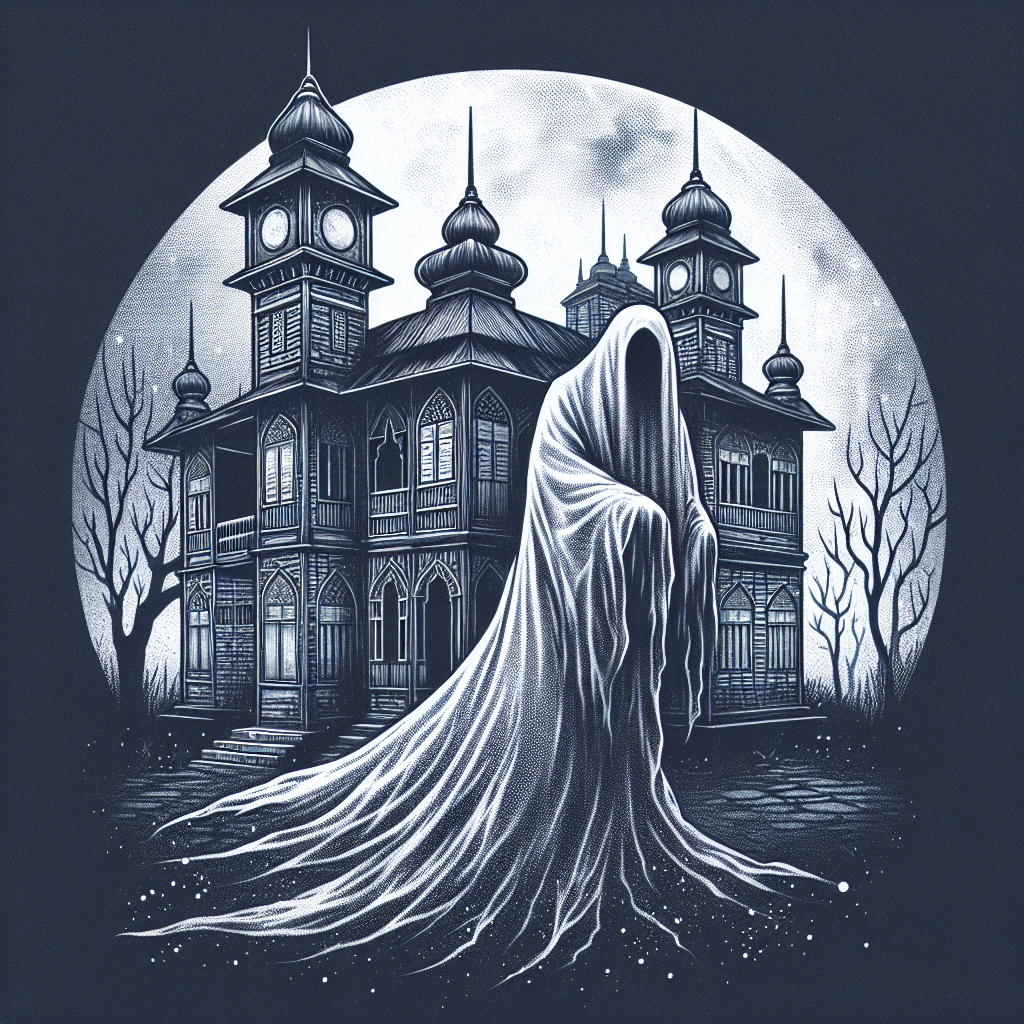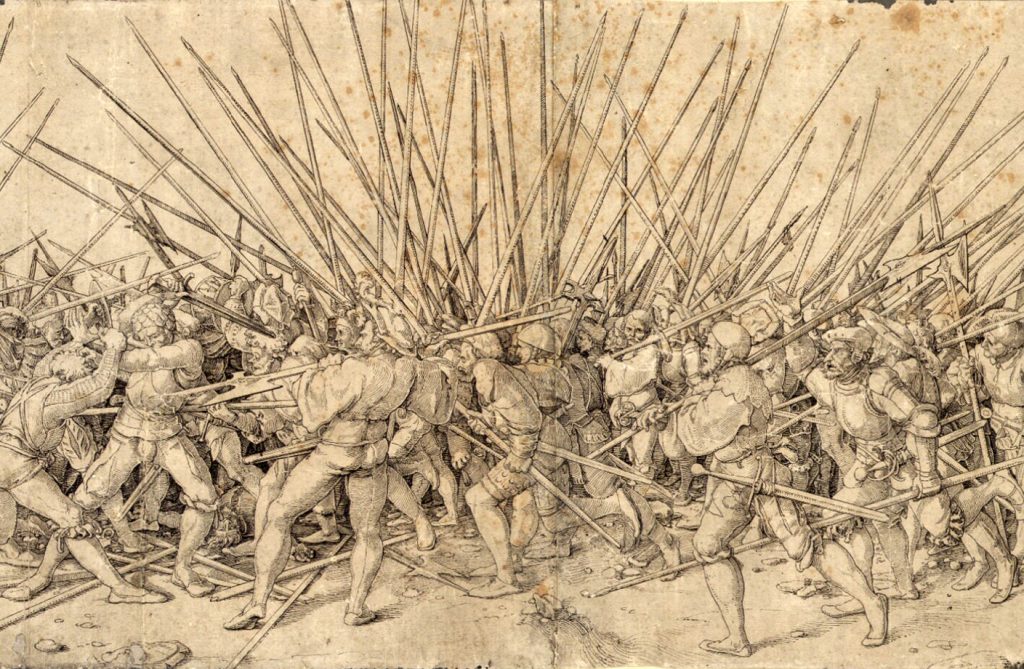The Dawn of Organized Warfare
Imagine a time when battles were chaotic, tribal skirmishes fought with little strategy or structure. This was the world before organized warfare. As early civilizations emerged, the rise of city-states like those in Mesopotamia, Egypt, and Greece marked a turning point. No longer were conflicts random; they became calculated, with armies forming the backbone of growing empires. Agriculture and urbanization played a key role, providing the resources and manpower needed to sustain these early military forces. The era of organized combat had begun, and with it, the epic saga of ancient warfare.
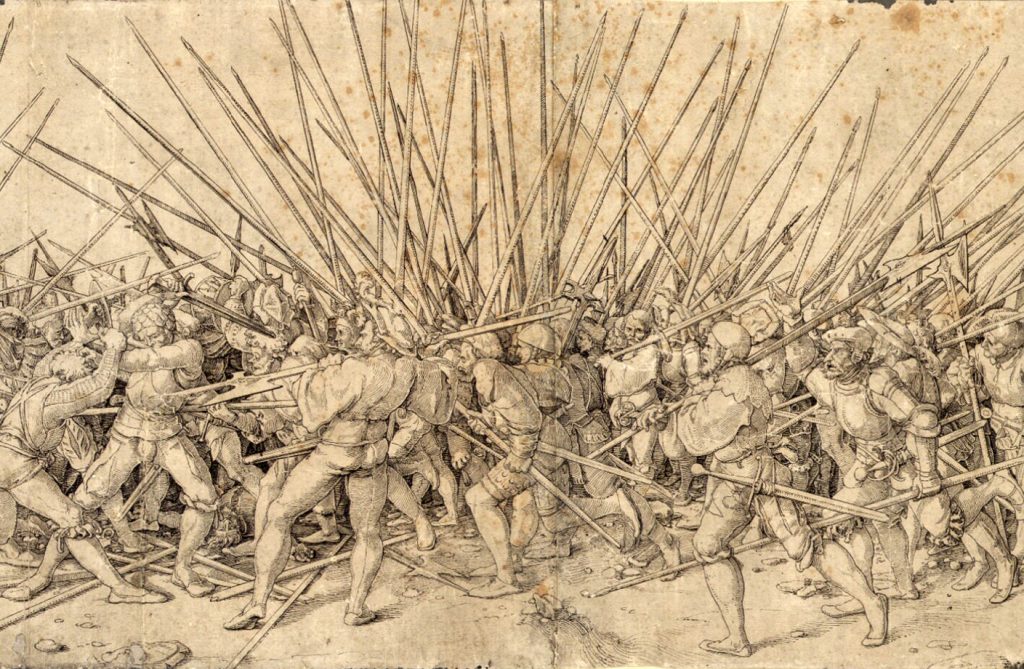
Image Source: Brewminate
From Tribes to Empires: The Rise of Standing Armies
The transition from small tribal conflicts to large-scale empires was nothing short of revolutionary. City-states like Sumer and Babylon in Mesopotamia developed the first standing armies, setting the stage for future military innovation. Agricultural surpluses allowed societies to feed soldiers, freeing them from the need to hunt or farm. In Egypt, the pharaohs built armies to protect their borders and expand their influence. Meanwhile, in Greece, city-states like Sparta and Athens created highly disciplined forces. These early empires laid the foundation for organized warfare, proving that strength lay not just in numbers but in strategy and structure.
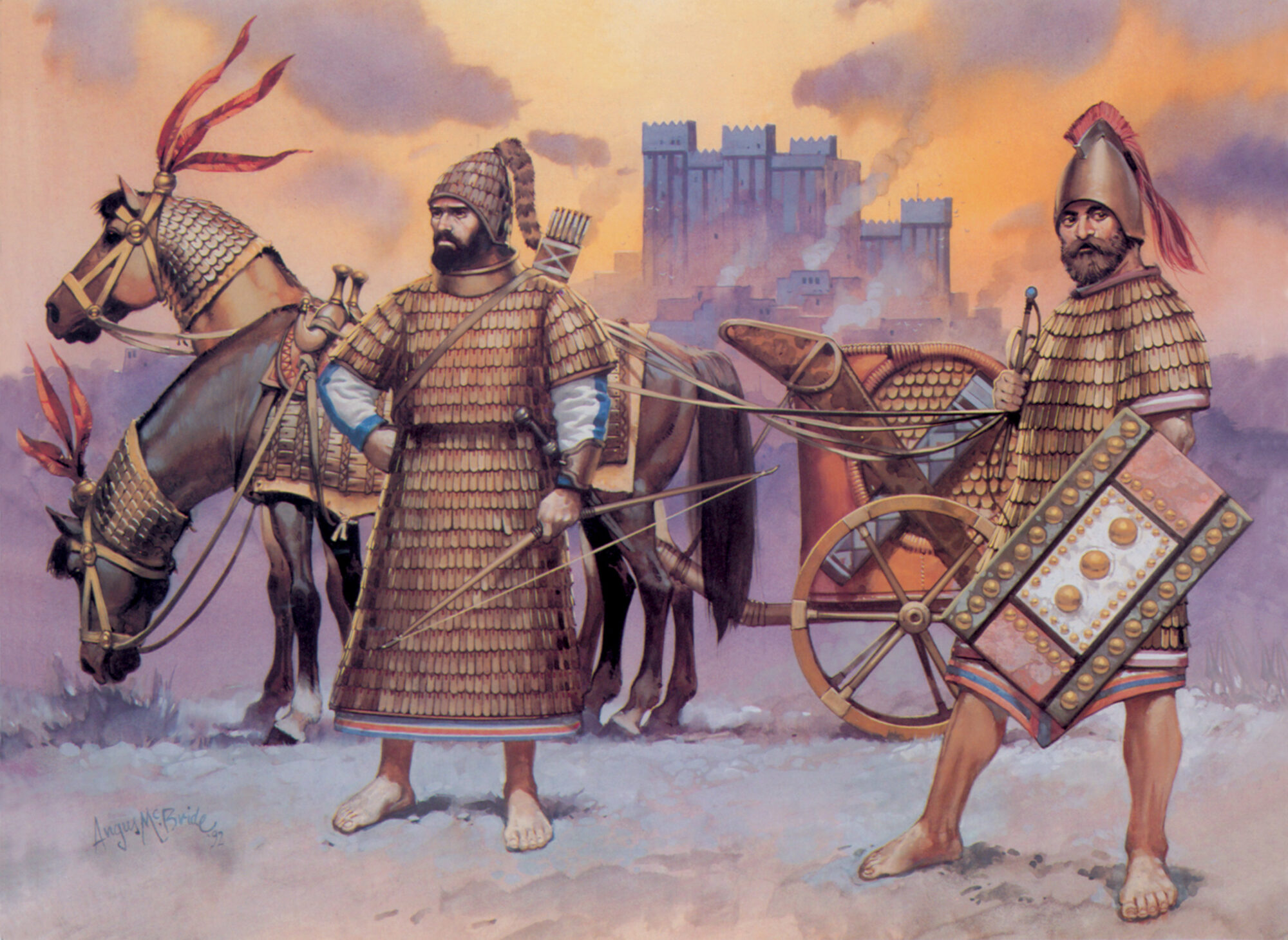
Image Source: Warfare History Network
Technological Advancements: Tools of War
Ancient warfare was transformed by groundbreaking technological innovations. The chariot, for example, became a symbol of power and mobility on the battlefield. Infantry formations, like the Greek phalanx, introduced discipline and cohesion. Siege weapons such as battering rams and catapults turned the tide of battles, enabling armies to conquer fortified cities. Naval warfare also emerged as a critical component, with ships like the trireme dominating the seas. These advancements made warfare more strategic and deadly, reshaping the way battles were fought.
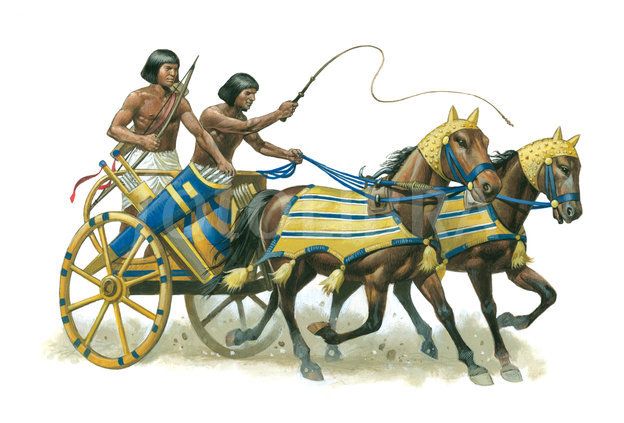
Image Source: Smart Encyclopedia
Cultural Impacts: Warfare and Society
Warfare didn’t just shape empires; it influenced culture and society. The rise of warrior classes, like the Spartan hoplites or the Roman legionaries, created a new social hierarchy. Military prowess became a path to power and prestige. Ancient literature, such as Homer’s Iliad, glorified heroes like Achilles and Hector, immortalizing their exploits. Even religion reflected the importance of warfare, with gods like Ares and Mars embodying the spirit of battle. These cultural shifts highlight how deeply intertwined warfare was with the identity of ancient civilizations.
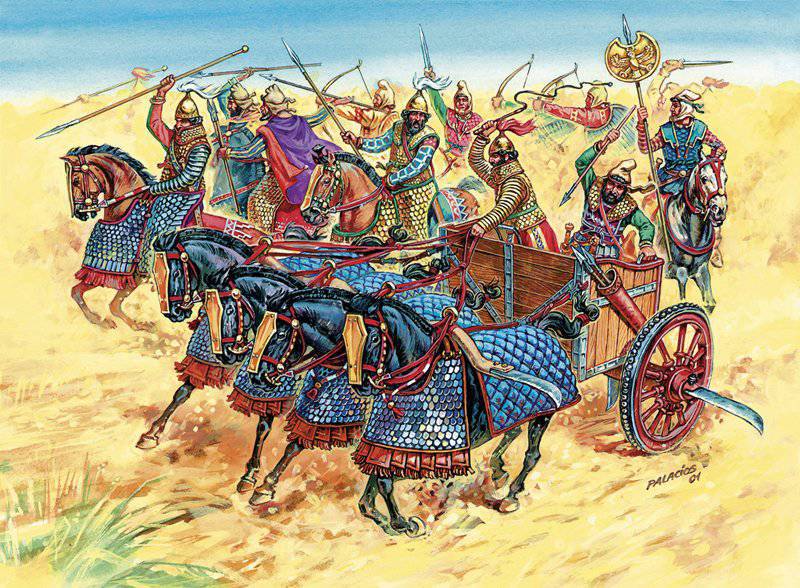
Image Source: Top War
Key Figures: Masters of Strategy
No discussion of ancient warfare is complete without mentioning its legendary leaders. Alexander the Great, with his innovative tactics and relentless ambition, conquered much of the known world. Hannibal, the Carthaginian general, stunned Rome by crossing the Alps with elephants. These leaders mastered the art of strategy, using formations, cavalry, and deception to outwit their enemies. Their legacies endure, serving as timeless examples of military genius.
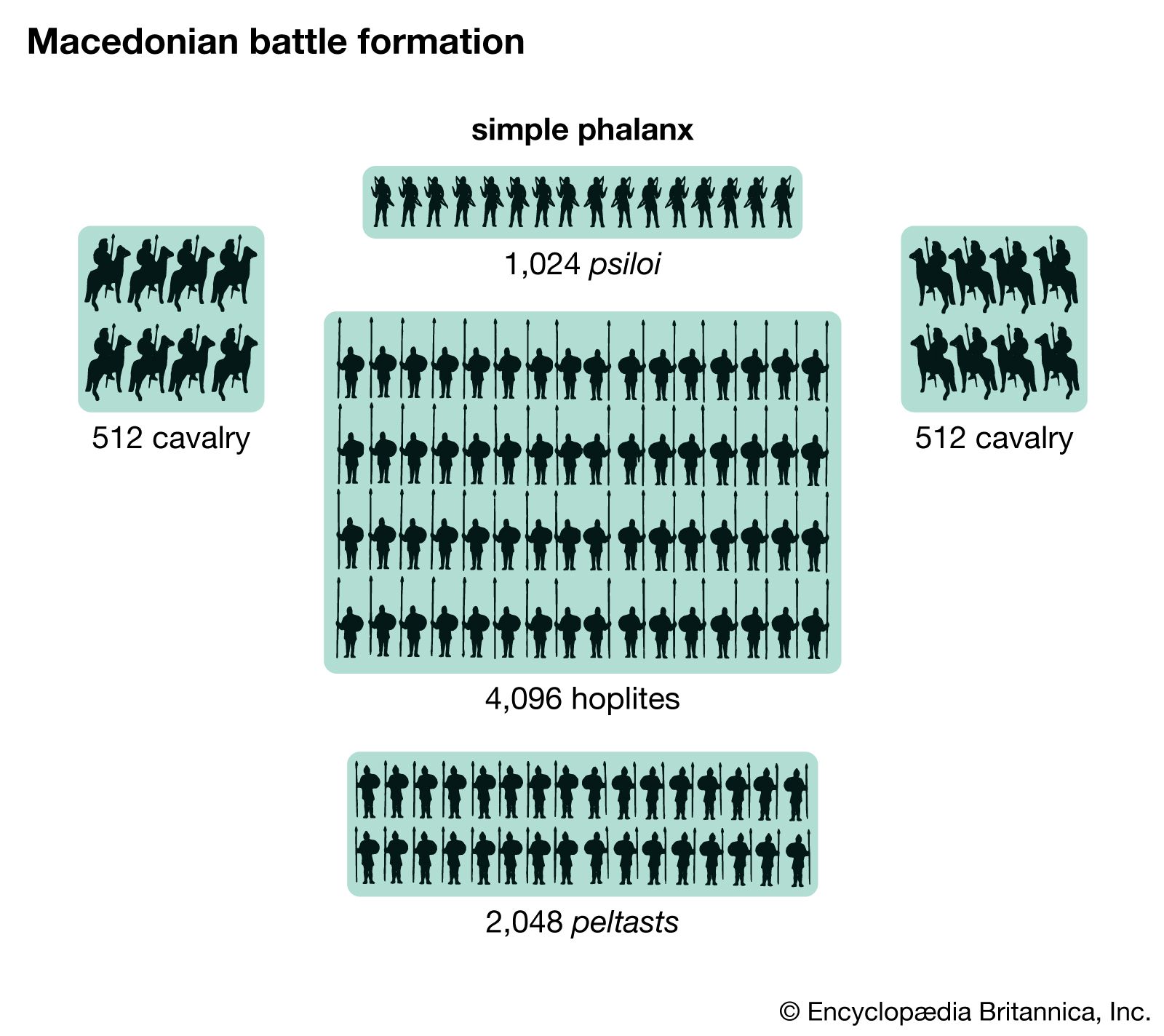
Image Source: Britannica
Legacy on Modern Warfare: Lessons from the Past
The lessons of ancient warfare continue to resonate today. Concepts like organized armies, logistics, and tactical formations remain foundational to modern military strategy. Ancient innovations, such as siege weaponry and naval tactics, laid the groundwork for today’s advanced technologies. The study of ancient battles offers valuable insights into leadership, strategy, and the human cost of conflict. In many ways, the epic of ancient warfare is still being written.
Conclusion: The Enduring Epic of Ancient Warfare
From the chaos of tribal skirmishes to the disciplined armies of great empires, ancient warfare was a transformative force in human history. It shaped societies, inspired cultures, and gave rise to legendary leaders. The technological and strategic advancements of this era continue to influence modern military practices. As we reflect on the epic battles of the past, we are reminded of the enduring power of strategy, courage, and innovation. Ancient warfare was more than just conflict—it was the foundation of civilization itself.
References:
An Historical Overview of Ancient Warfare – link
Chariot Tactics in the Near Eastern Bronze Age – link
Ancient warfare – link
War chariots of the Ancient World – link
Philip II battle formation – Alexander the Great – link
Categories: Ancient Civilizations, History, Military, War History
Tags: Alexander the Great, Ancient Warfare, chariots, Hannibal, Military History, naval warfare, siege weapons, warrior class
Religion: Polytheistic
Country of Origin: Carthage (modern-day Tunisia), Egypt, Greece, Mesopotamia (modern-day Iraq), Rome (modern-day Italy)
Topic: Ancient Warfare
Ethnicity: Various

